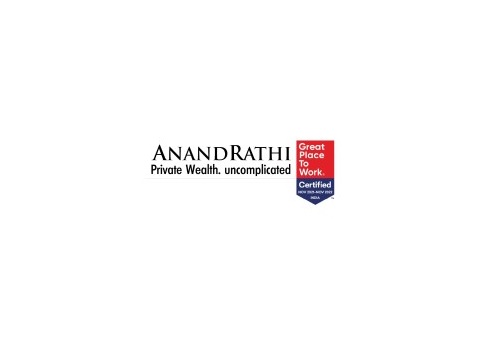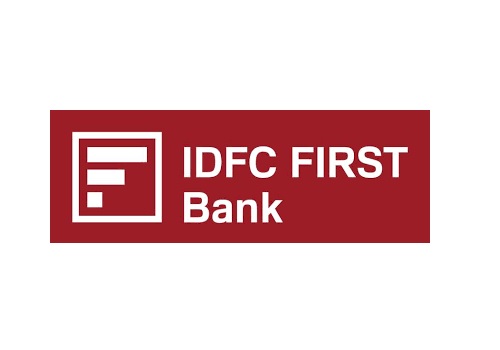Buy Ujjivan Small Finance Bank Ltd. For Target Rs. 60 By Emkay Global Financial Services

Ujjivan SFB posted a 4% miss on earnings—PAT at Rs3bn/RoA at 2.9%—mainly due to lower other income and rising LLP. Ujjivan SFB’s AUM growth too moderated, to 19% YoY/1% QoQ in Q1FY25, due to a conscious decision to slacken disbursements (amid election-induced disruption) and owing to regulatory caution slowing down growth in certain geographies. Ujjivan had indicated asset-quality disruption in 1Q during its recent analyst meet which manifested with 29bps QoQ jump in GNPA ratio. It expects some normalization at start-2Q as the election-related impact is now behind, but guides to elevated credit cost in FY25E, factoring in rising stress in MFI/some contingent provision buildup. We cut FY25E-27E earnings by 3-4% as we build-in slightly slower growth/higher LLP; we also trim our target multiple to 1.4x Jun-26E ABV, causing a cut in TP to Rs60/sh (from Rs65). We, though, retain BUY on Ujjivan, which we still prefer in the SFB space, given its superior return ratios (RoA: >2.5%/RoE: ~20-21%) and potential transition into a ‘Universal Bank’.
Calibrated business growth hurts margins
After delivering healthy AUM growth for the last 8 quarters, Ujjivan SFB’s AUM growth moderated to 19% YoY/1% QoQ in Q1FY25, and net advances grew 22% YoY/1% QoQ to Rs271bn due to lower disbursements, as it turned cautious in 1Q. This is primarily because of the watchful approach adopted by the SFB toward acquiring NTC customers across all segments amid rising asset-quality concerns. Deposit growth, too, was moderate, at 22% YoY/3% QoQ, with CASA ratio slipping to 25.6% (down by 85bps QoQ). This, coupled with contraction in LDR, led to a 10bps QoQ decline in NIMs to 9.3%. Going forward, the bank expects credit growth at ~20%, given concerted efforts to diversify its portfolio and increase share of its secured book (AHS, M-LAP, VF, gold loan, and new MSE book) to ~40% of gross advances by FY26 from current levels of 31.3%. It also expects NIMs to moderate to 9% in FY25, as cost pressure remains elevated.
Asset quality slips owing to elections
Fresh slippages were elevated at Rs1.9bn/2.8% of loans, on seasonality/election-related disruption in collections (collection efficiency down to 98% vs 99% in Q4FY24) in the MFI space. This led to 28bps QoQ increment in GNPA ratio to 2.5%. Ujjivan carries a relatively strong PCR of 84% on its back-book, while also carrying floating provisions to the extent of Rs2.5bn/0.8% of loans. We believe the bank could further shore-up provision buffers to avoid meaningful P&L disruption as asset quality deteriorates and this, hence, could lead to elevated credit cost of ~1.7% in FY25E, increasing gradually thereafter.
We retain BUY on Ujjivan SFB, but cut our TP to Rs60/sh
We cut our FY25E-27E earnings estimate by 3-4%, factoring in the slightly slower growth and higher credit cost, but expect the bank to still deliver superior RoA/RoE at 2.5- 2.9%/~20-21% over FY25E-27E. We retain BUY on the stock, though we trim our TP to Rs60/share (Rs65 earlier) mainly due to a cut in the P/ABV multiple to 1.4x which echoes the industry-wide growth/asset-quality stress and the cut in its earnings estimates. Ujjivan has taken Board approval to apply for a ‘Universal Banking’ license in FY25 which we believe is a long-term stock catalyst. Key risks: Macro/micro disruption leading to slower growth; higher NPAs with seasoning of the MFI/SME book; KMP attrition.
For More Emkay Global Financial Services Ltd Disclaimer http://www.emkayglobal.com/Uploads/disclaimer.pdf & SEBI Registration number is INH000000354























